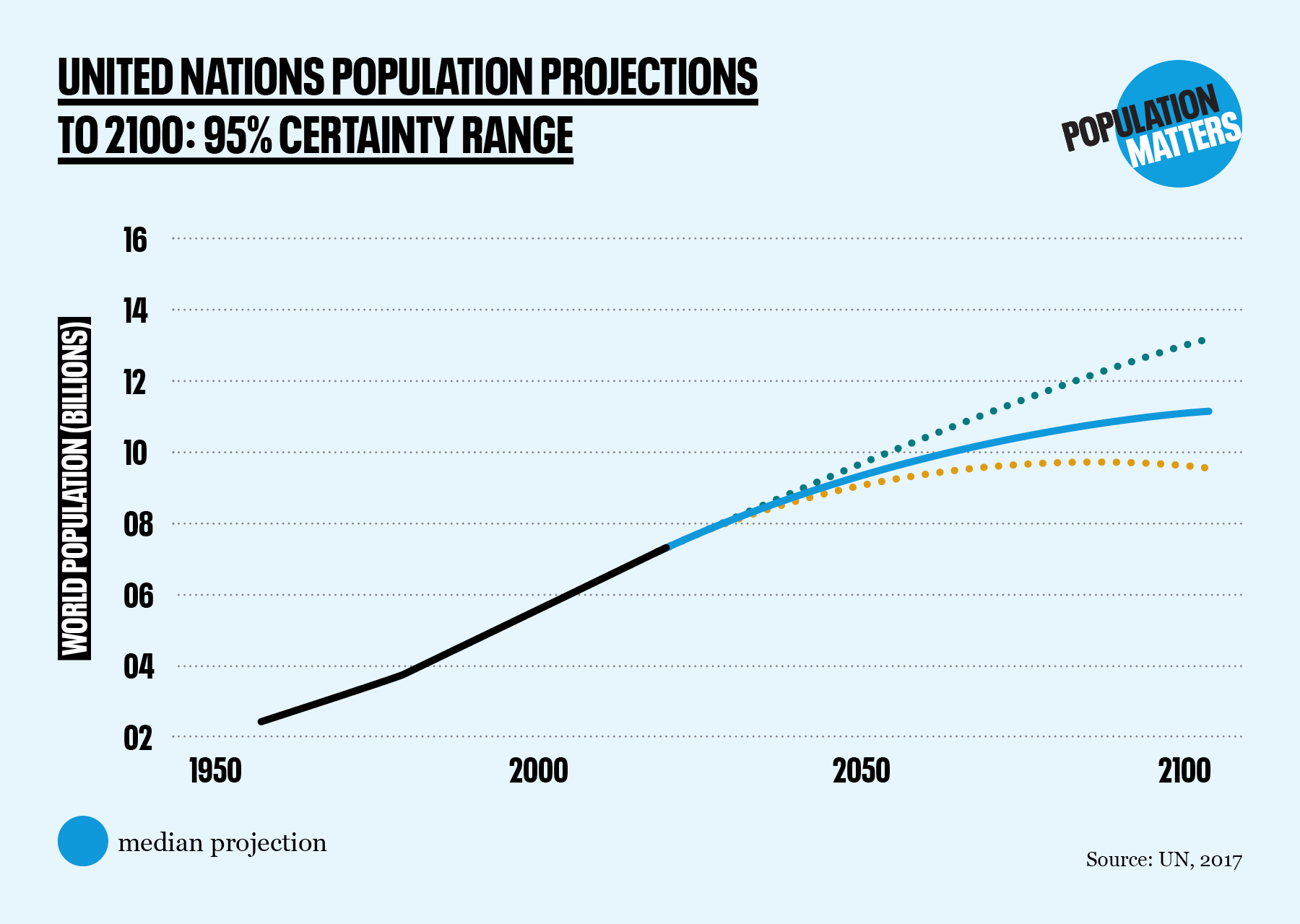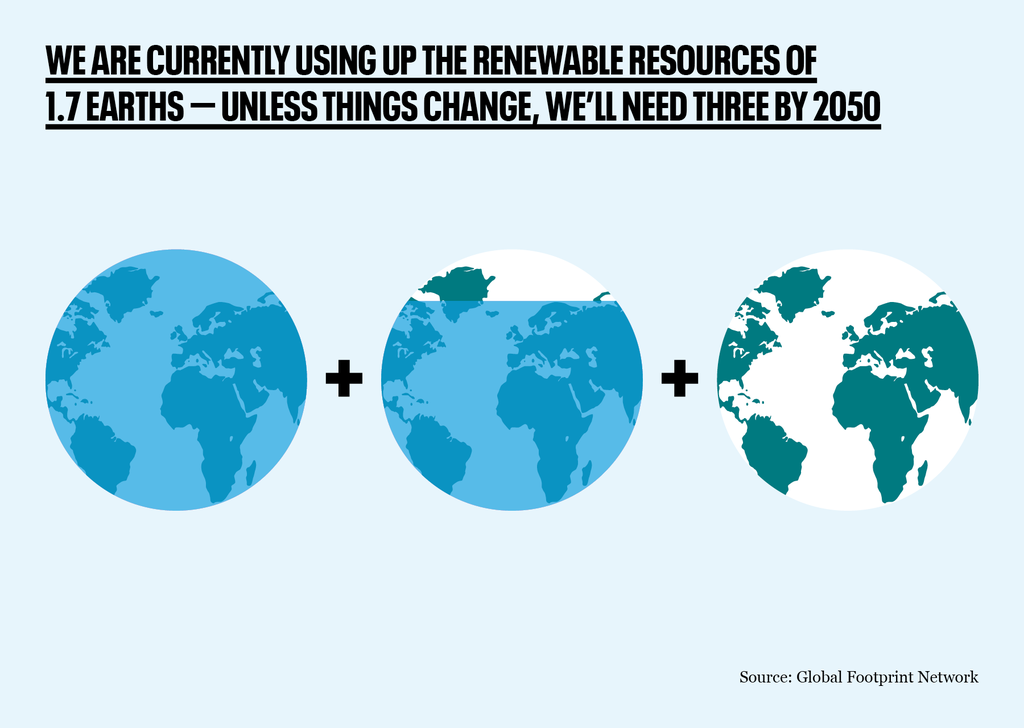
What do declining global fertility rates really mean?
A new study published in The Lancet has highlighted how fertility rates have declined over the last generation. There are no significant surprises in the report – which uses slightly different methodology to the very recent United Nations Population Fund report – but it emphasises again the progress that has been made and the vast differences that exist between countries.
Its conclusion that fertility has declined significantly is very far, however, from a confirmation that we need not worry about population. The global population continues to grow by 80 million people a year, and the impact of that population growth on the health of our planet is profound.

The findings
Demographers and health experts measure fertility by “Total fertility rate” (TFR), meaning the number of children an average woman can be expected to have during her childbearing years. The “replacement rate” of fertility (at which population neither declines or increases) is 2.1. Today, average global TFR is 2.4, down from 4.7 in 1950. That decline has largely arisen because people have escaped poverty, because effective family planning is hugely more available and because women have been empowered. More of these same vital, positive actions will bring fertility rate down further.
There are huge disparities, however. Niger in Africa has a TFR of 7.1, Cyprus of just 1. In most of the developed world, fertility rates are below replacement level. In half of all nations, TFR is below replacement level.
What does this mean?
While a decline in fertility is positive, it does not necessarily translate into a reduced population. Over that same period (1950 to the present), global population has tripled. That is because people are living longer, and also because past high fertility rates and lower child mortality lead to high numbers of people of childbearing age a generation later. TFR effectively means number of children per family but if the number of families goes up, population continues to rise. That is why, despite expected continued declines in fertility, the UN projects population continuing to rise until the end of this century – to more than 11 billion people, according to its median projection.

Bigger and older
Falling fertility and greater longevity obviously leads to a population that is getting older. This ageing population is not the threat it is sometimes perceived as. A recent report examined the positives arising from it – and made the important point that adding more young people to tackle an ageing population is doomed to fail, as those people themselves become old and an infinite spiral of population growth would result.
Why does it matter?
According to a 2017 paper now signed by more than 20,000 scientists, unsustainable population growth is a “primary driver” of our current environmental crisis, including climate change and the Sixth Mass Extinction. Identifying excessive consumption as the other driving factor, the World Scientists’ Warning calls for action to reduce population growth, including education of women and girls and the provision of high quality family planning to all who need it.
It also calls on individuals to consider their own family size choices, and to “limit [their] reproduction, (ideally to replacement level at most).”
Meanwhile, humanity is currently demanding the resources of 1.7 Earths – with that number set to rise to three by 2050, unless our population and consumption trajectories are changed significantly.

As Population Matters’ patron Sir David Attenborough says:
“All our environmental problems become easier to solve with fewer people, and harder – and ultimately impossible to solve – with ever more people.”
Solutions
The recipe for reducing the number of people being born is well-known, and benefits people lives in multiple other ways.
- Lift people out of poverty
- Provide good family planning
- Provide children with education
- Empower women
- Encourage smaller family sizes.
Population is an urgent problem – but solvable.
Join us
Population Matters has a positive vision of a world in which people everywhere have a decent standard of living, our planet is healthy and the natural world is flourishing. Please add your voice to ours, and support what we do.
